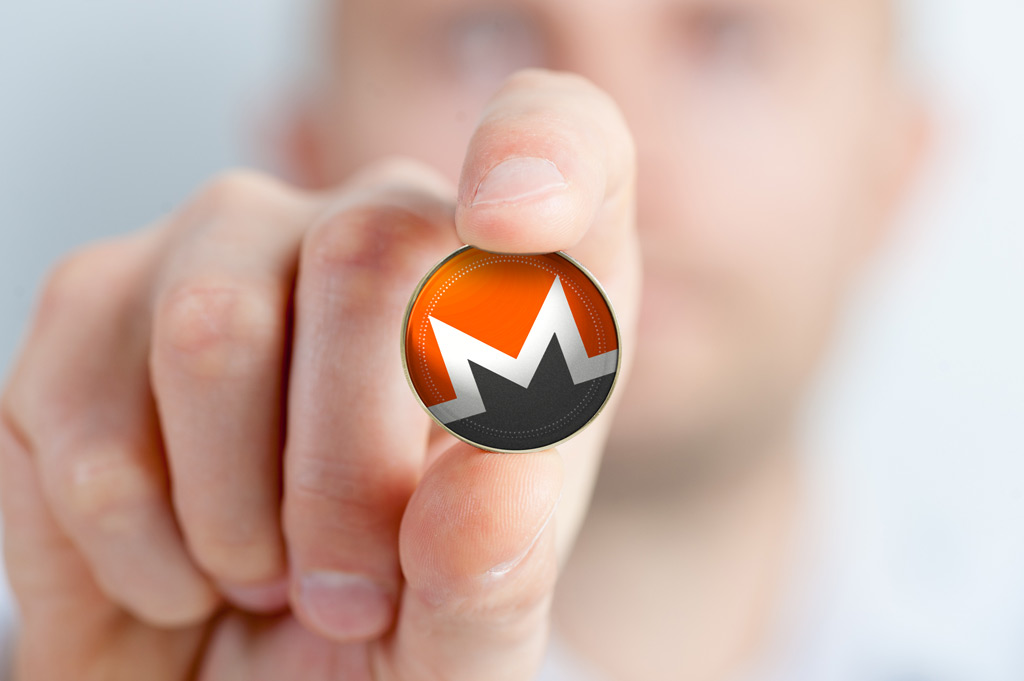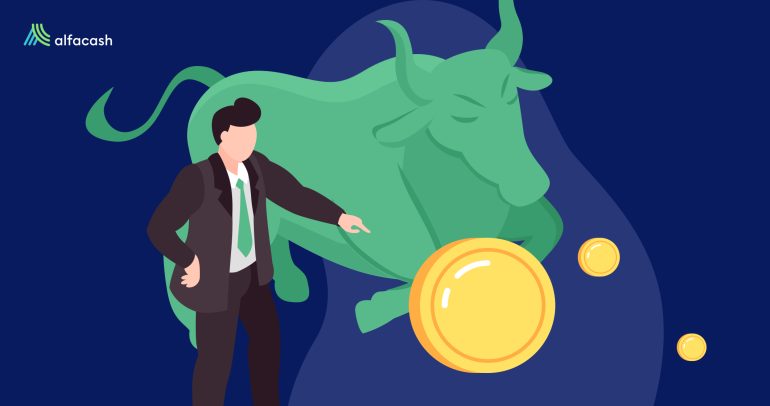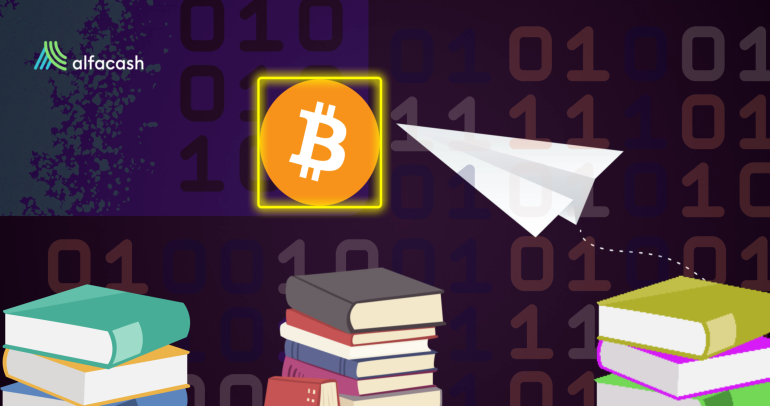BitcoinBitcoin is the first decentralized digital currency. It was created in 2009, by an anonymous founder or group of founders... More (BTCAn abbreviation for Bitcoin.) has a lot of myths, and one of them is about its privacy. The first cryptocurrencyA digital currency running on a blockchain and built with cryptography. Contrary to central-bank issued currency, cryptocurrency issuance rules are... More wasn’t designed to be private, let alone anonymous. It’s the opposite, indeed. Its blockchainBlockchain is a type of database storing an immutable set of data, verifiable to anyone with access to it —through... is a public one, which means anybody can check all the transactions and their details on the Internet. That’s why Monero (XMR) was created.
Monero is an open-source and mineable cryptocurrency, just like Bitcoin. Anyone can open a walletA crypto wallet is a user-friendly software or hardware used to manage private keys. There are software wallets for desktop... More and send and receive transactions. However, its blockchain is obfuscated. This means that no one outside the involved people can tell the source, amount, or destination.
The technology used to reach that kind of privacy are ring signatures, stealth addresses, and non-interactive zero-knowledge proof (NIZKP). With these cryptographic protocols, the important details of every transactionA cryptocurrency transaction is an entry on the blockchain ledger, noting sender, receiver and number of coins transacted. More are hidden from the public. Additionally, the function Dandelion ++, implemented in 2020, lets the users obscuring their IP addresses.

Therefore, if you’re careful, no one should know a thing about your finances while using XMR. Nevertheless, as they explain in the official webpage, Monero does its best, but isn’t magical:
“Monero is not magic. If you use Monero but give your name and addressAn address is a blockchain equivalent to a bank account number in the traditional financial system, or an email address.... More to another party, the other party will not magically forget your name and address. If you give out your secret keys, others will know what you’ve done. If you get compromised, others will be able to keylog you. If you use a weak password, others will be able to brute force your keys file. If you backup your seed in the cloud, you’ll be poorer soon.”
Who created Monero?
If you check the original whitepaper, the names you’ll find there are “CryptoNote v2.0” and Nicolas van Saberhagen (2013). Nobody knows who that is, though. As for the CryptoNote thing, that is a privacy-focused protocol that powers several private coins —including Monero until 2019.
Previously, the first cryptocurrency to implement CryptoNote was Bytecoin (BCN). In April 2014, a Bitcointalk user dubbed “thankful_for_today” decided to make a fork (copy) of it to apply several improvements, including the fixing of “a number of technical and marketing issues”. It would be a separate currency from the scratch, though. They called it “BitMonero”, from Bitcoin and the Esperanto word for “coin”.

Soon after, BitMonero presented some technical and governance issues, for which the community was very unsatisfied. Thankful_for_today disappeared, abandoning the project, but some developers were still interested in the original idea. So, they joined forces to make a new fork with improvements and called it just Monero.
Most of them never revealed their identities. Initially, the Monero Core Team was formed by othe, smooth, binaryFate, luigi1111, NoddleDoodle, tacotime, Franciso «ArticMine» Cabañas, and Riccardo «fluffypony» Spagni. By 2021, at least tacotime and Spagni have stepped down.
How to use Monero?
Mostly, you can use Monero as any other cryptocurrency. First things first: you’ll need a wallet. And a lot are listing XMR to date, including options for mobile and desktop devices, and hardware wallets like LedgerA ledger is like a spreadsheet keeping track of which addresses own how many bitcoins. The Bitcoin blockchain is a... More or Trezor. Others we can mention are Monero GUI (the original Monero wallet), My Monero, Lightwallet, or Exodus (multicurrency).
Now, beyond the mere wallet, you’ll need to know some extra terms to protect your privacy. Just like Bitcoin, Monero also uses addresses (they’re longer, though – 95 characters) and a Mnemonic phrase or seed to recover your funds in another device (25 words). The extras are the Private View Key and the Private Spend Key.

The Private View Key has to do with the fact that you can’t publicly view any transaction and its details on the Monero blockchain. So, if you want to check your transaction or show it to someone else, you’ll need to input this key in the explorer, along with the transaction ID and the deposit address.
On the other hand, the Private Spend Key isn’t shareable. This is the “master key” of your Monero account, with which it’s possible to spend all the XMR associated with that address. Additionally, to create a new address for every transaction (a subaddress) and increase your privacy that way, you’ll need to activate the function in your wallet of choice.
What can you do with Monero?
Well, for starting, you can pay for goods and services worldwide. According to Cryptwerk, over 900 merchants and venues accept this cryptocurrency as a payment. That includes all kinds of shops and markets (electronics, books, vehicles, clothing, food, music, pharmacies, gift cards, etc.), Internet services, business services, offline services (restaurants, education, entertainment, medicine, real estate, etc.), tourism and gambling.

On the other hand, you can also mine XMR, since it’s a lot easier than other cryptos, like Bitcoin. From 2019, they applied the new mining algorithm RandomX. With it, they want to avoid that XMR can be minted by ASIC miners (specialized machines) and high-end GPUs. So, anyone with a CPU (laptop or PC) can mine Monero. You can do this by downloading the required app and (preferably) joining a pool.
Of course, you can also hodl it. A Ukrainian politician did it since 2015, by buying around $58,100 in XMR. Now he has over $43m. But if you need to exchange it for fiat money (or decide to buy it), you can always use Alfacash!
Legal issues
Complete anonymity isn’t something very welcomed by authorities, we must say. Last year, Europol stated that privacy methods in cryptocurrency, like digital wallets, open markets, and yes, privacy coins as Monero, can facilitate criminal activity. Of course, that’s not always true, and activities like money laundering are still a way lot more popular with traditional cash.
Despite that fact, France’s finance committee has recommended a ban for these coins, the U.S. secret service is probably investigating them right now, several exchanges worldwide have delisted these coins due to banking or regulatory pressures and, the cherry on the cake, Japan and South Korea have already banned the privacy coins.
Beyond the current bans in the said countries, there are also some existent regulations for privacy coins, as the legal firm Perkins Coie described in a whitepaper. Maybe they differ in some small things, but these rules and guides basically come down to one thing and one party: Virtual Asset Service Providers (VASPs) applying Know-Your-Customer (KYC) processes. In other words, crypto-exchanges and the like asking for personal data and documents to their customers before allowing any trade.

In any case, according to a recent study by the non-profit consulting firm RAND Corporation, “While privacy coins may theoretically seem a boon to users engaged in illicit or criminal activities, various practical considerations may, in fact, make them less attractive for conducting illicit transactions on the dark web”.
Against all odds, Monero keeps thriving. Year-to-date, its price has increased by over 41% and it has a market capitalization of $4.2b so far [CoinMarketCap]. The following regulations, more than cut its development, could make it grow stronger and with more trust.
Wanna trade Monero and other tokens? You can do it safely on Alfacash! And not forget we’re talking about this and a lot of other things on our social media.
Twitter * Telegram * Facebook * Instagram * Youtube * Vkontakte








